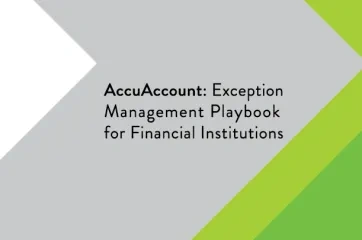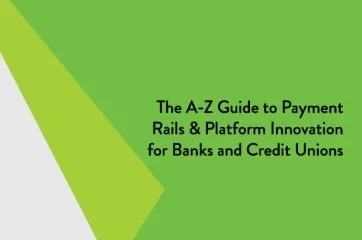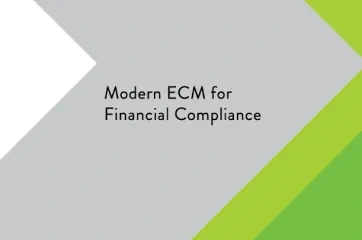The FDIC Institution Directory provides financial reporting and other data on any FDIC-insured bank or credit union. Financial data was formerly available within FDIC BankFind; however, in late 2020 or early 2021, this information was apparently moved to a separate section of FDIC.gov (known as the FDIC Institution Directory).
FDIC Institution Directory Features
The FDIC Institution Directory allows visitors to search by certificate number or institution name. The user can view a list of a bank or credit union’s locations, research holding companies and groups of institutions, and inspect quarterly call reports. This database also permits users to drill down for a more granular view of a financial institution’s assets, such as to gain additional information about the composition of its securities or net loans and leases.
Who Uses the FDIC Institution Directory—and Why?
The FDIC Institution Directory can be a valuable resource to a variety of bank and credit union employees, and consumers and members:
- Vendors to the banking industry might use the FDIC Institution Directory to check on the financial health of an institution before determining whether to do business with it. Vendors also commonly use asset size data to determine how to price their products or services. This is particularly common in the software industry. For example, Alogent uses an asset-based model to price its AccuAccount document management system.
- Bank and credit union staff might use the FDIC Institution Directory to perform competitive research. A competitor’s financial performance data can be especially helpful when making decisions about new markets, banking products, and services.
- Consumers may investigate a bank or credit union before opening an account—the FDIC Institution Directory provides transparency into the financial health of American banks. Consumers could also use the database to determine if a bank or credit union has a nearby branch.
Additional Resources for Bankers
For more information, be sure to check out our extensive resource library with free spreadsheets, whitepapers, videos and eBooks.
Browse our banking definitions page for more terminology.







